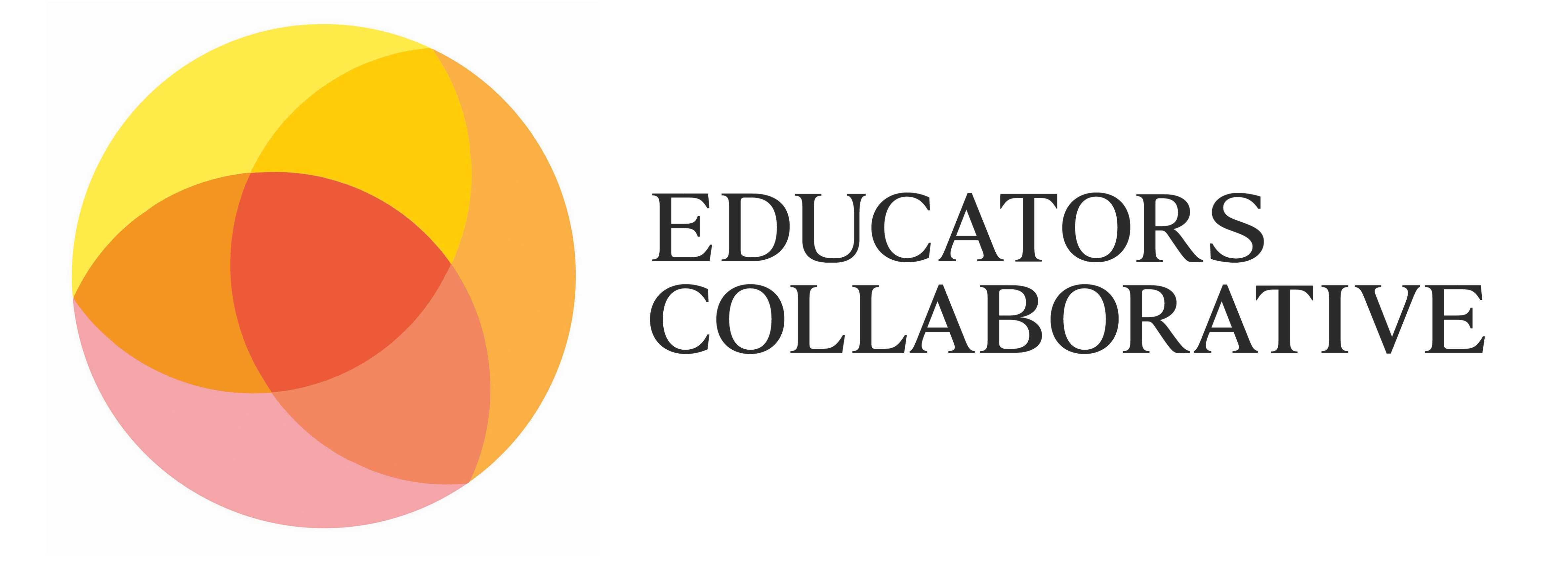
The Cover Letter
Brenda Hamm | April 26, 2022
The three primary components of your written application are the resume, personal statement, and cover letter. Visualize them as a Venn diagram, each represented by a circle overlapping with the other two. The intersection of all three circles is where the school knows you have a clear understanding of their mission, that you know some of the challenges they are facing in the coming years, how you can help them effectively address those challenges, and why schools and education matter to you.
Your resume does the heavy lifting, factually and chronologically explaining your experience, accomplishments, and education. Your personal statement invites the reader to learn about you in a more, well, personal way in that it shares with the reader how and why you came to be working in schools. You get to express yourself and be creative in the writing of a personal statement compared to the cold, hard facts of a resume. Then there’s the cover letter.
The cover letter is your chance to give specific evidence for why you are someone the school needs right now in the position they are advertising.
You get to highlight accomplishments that show the school you are a match for them. You can also fill in any gaps on your resume, particularly if there is an extended absence between positions (Important life choices?), or if you took an unusual employment path (Interesting!). Your cover letter should demonstrate that you know the school, you know the position, and that you understand and are ideal to meet their needs by being in the role. While your resume lays out the history of your experiences, your cover letter highlights a couple of specific ways, backed by evidence, you can add value to this school and this position at this time. Where your personal statement explains what brought you to work in education, your cover letter specifically addresses what led you to this school, this position, right now.
None of the three components of your application on their own will win you the job but each has the potential to lose you the job. Misspellings, typos, poor grammar: all are problems for readers and speak to an applicant’s lack of attention to detail or poor writing and communication skills. Pitfalls that too often show up in cover letters include speaking in generalities rather than specifics, simply restating what is already in your resume, and listing strengths without providing any evidence of successful outcomes from your efforts. So be sure your proofreader is checking for all of these things
I’d also like to warn you away from trying to flatter the reader or trying to be funny in your cover letter. Flattery tends to fall flat and humor is easily misunderstood. Your humor is unlikely to match that of all the people who will read your letter and rarely comes across accurately in print. If you are naturally a flatterer or a funny person, the personal statement may be the place to let those characteristics shine.
Unfortunately for you, your cover letter is not reusable. Yes, the basic construction of header, introduction, argument or body, and closing is absolutely reusable and considered to be the template for all good letters. So, no need to mess around with those! The specifics are what can’t be and, frankly, shouldn’t be able to be, re-used verbatim. Sure, it may be that two different schools listing two different positions need someone who can keep the proverbial trains running on time. But why is it that school A needs this and school B needs it too? Perhaps school A is really struggling with the complexity that a hybrid education is lending to the daily schedule. But school B has learned that the bus shortage in their area is not a temporary issue and it is negatively impacting the start of classes each day and families are having to find alternative ways to get their kids to school.
Please don’t use the same cover letter for multiple openings. If you find yourself doing this then consider it a red flag and move away from the computer. You need to do a deeper dive into what you are looking for in a new position and, even more importantly, why a particular school needs you for a specific position. A generic cover letter will make it unlikely that you get past the application stage. Readers know if you are not serious about their needs or what they are looking for.
Before you write your cover letter, do your research. Read the position statement carefully. Learn what challenges are coming up for the school in the next three to five years. Check out the school’s website, social media and tagged posts and understand the culture. Determine the mission of the school and what they value. Then identify two, possibly three, major challenges facing the school and examples of how you can positively impact these challenges. In other words, share how you have added value in the past in ways that speak specifically to this school’s situation.
Last piece of advice: use your own words! Do not click on thesaurus to find a one-to-one exchange for a word. Sure, use it to remind yourself of all the amazing, surprising, perplexing, thrilling, wondrous, flabbergasting, mind-blowing, and breathtaking words there are in the English language. But if the everyday word gets the job done, so be it.
Be clear. Be concise. Be dignified, but not overly formal.
Interested in learning more about how we can help?

EXPERTS IN SEARCH, TRANSITION & STRATEGY
©2025 Educators Collaborative. All rights reserved.
